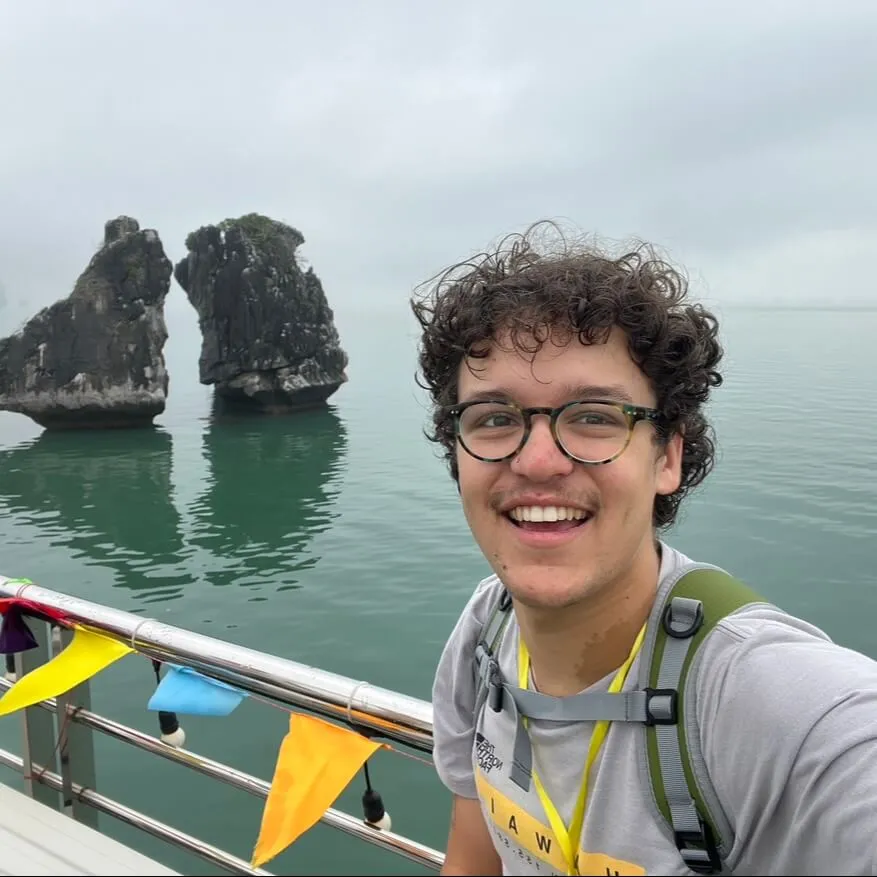Our Year 3 Science tutors focus on helping students achieve key outcomes, such as classifying living and non-living things, understanding different life cycles, and recognizing the properties of soils, rocks, and minerals. We guide students in exploring heat energy, changes in states of matter, and using data to explain scientific observations. Our goal is to support students in conducting fair tests, making measurements, and communicating their findings using scientific vocabulary.
Biological Sciences:
Students compare living and non-living things and explore life cycles of various plants and animals. Our tutors help them understand differences in growth and development, supporting them in using observations to classify and describe life stages.
Earth and Space Sciences:
Students learn about the properties of soils, rocks, and minerals and their importance as Earth resources. Our tutors guide them in observing and comparing different soil types and rocks, helping them understand their role in the environment and everyday life.
Physical Sciences:
Students identify sources of heat energy and observe how heat transfers between objects. Our tutors support them in conducting simple experiments to explore temperature changes, helping them understand concepts like insulation and heat conduction.
Chemical Sciences:
Students explore the properties of solids and liquids and observe how adding or removing heat can cause changes in state, such as melting or freezing. Our tutors guide them in understanding how these processes relate to everyday experiences and natural phenomena.
Science as a Human Endeavour:
Students learn how people use data to develop scientific explanations and solve problems, from managing soil health to designing better insulators. Our tutors provide examples of how scientific knowledge is applied in real-world contexts, fostering critical thinking.
Science Inquiry:
Our tutors encourage students to pose questions, make predictions, and plan safe investigations. They guide students in using familiar tools to make measurements, recording observations, and organizing data in tables and graphs to identify patterns and relationships.
%20(1).webp)







.webp)
.webp)
.webp)











.jpg)
.webp)




.webp)



.webp)




















































.webp)
.webp)
.webp)








.webp.crdownload-p-500%20(1).webp)
.webp)
.webp)
.webp)
.webp)

%20(1)%20(1)%20(1).webp)
.webp)





.png)
.png)
-min.webp)
